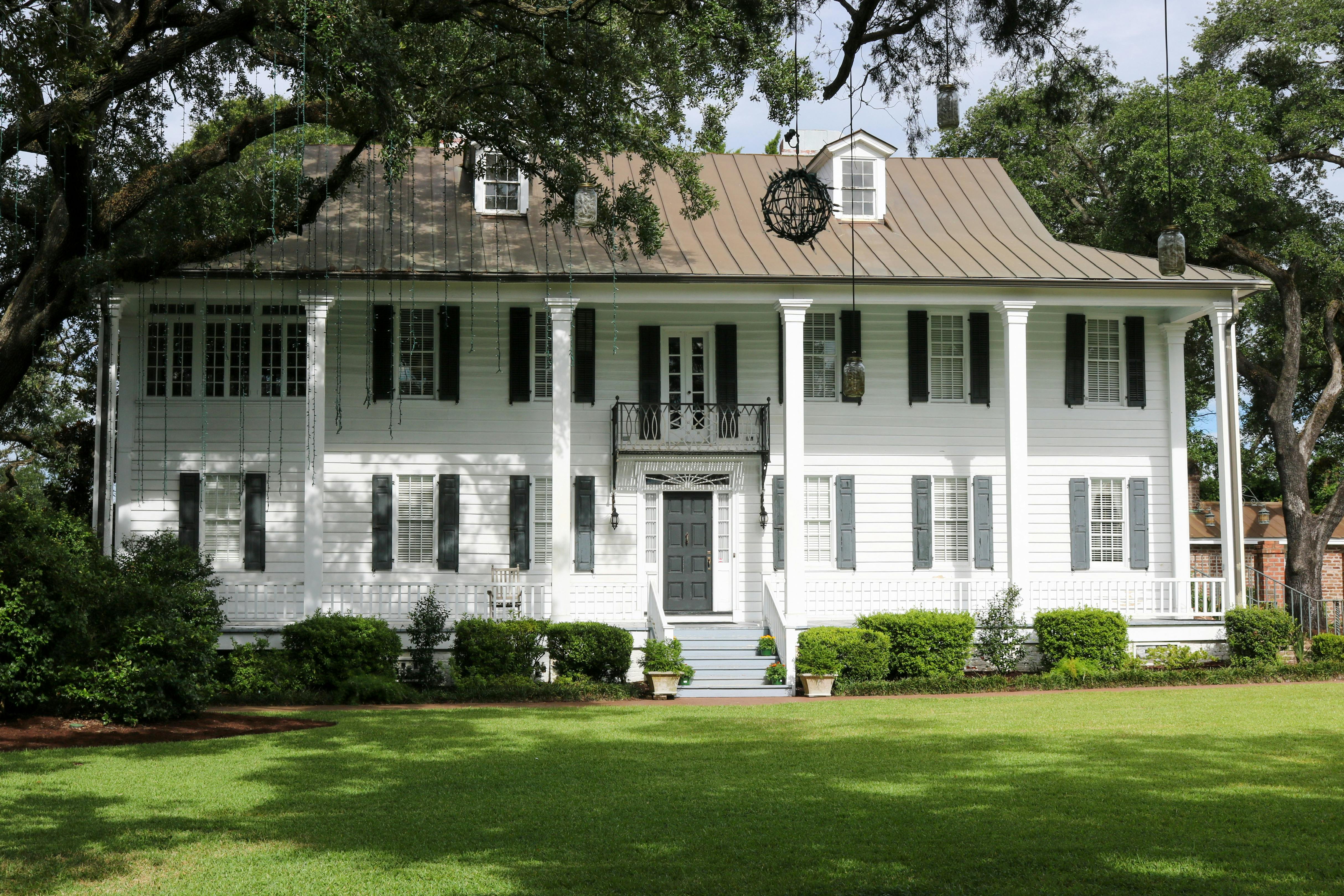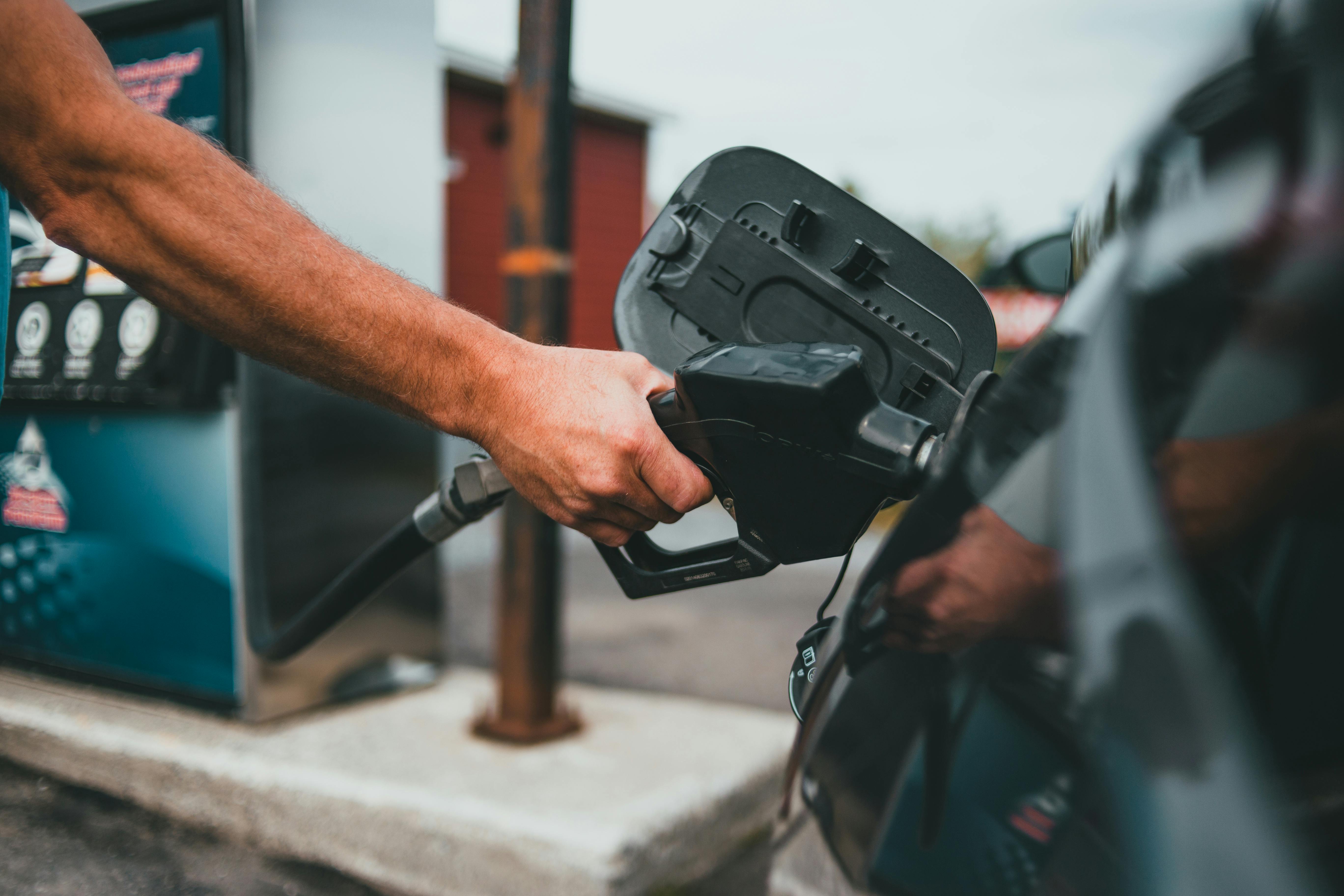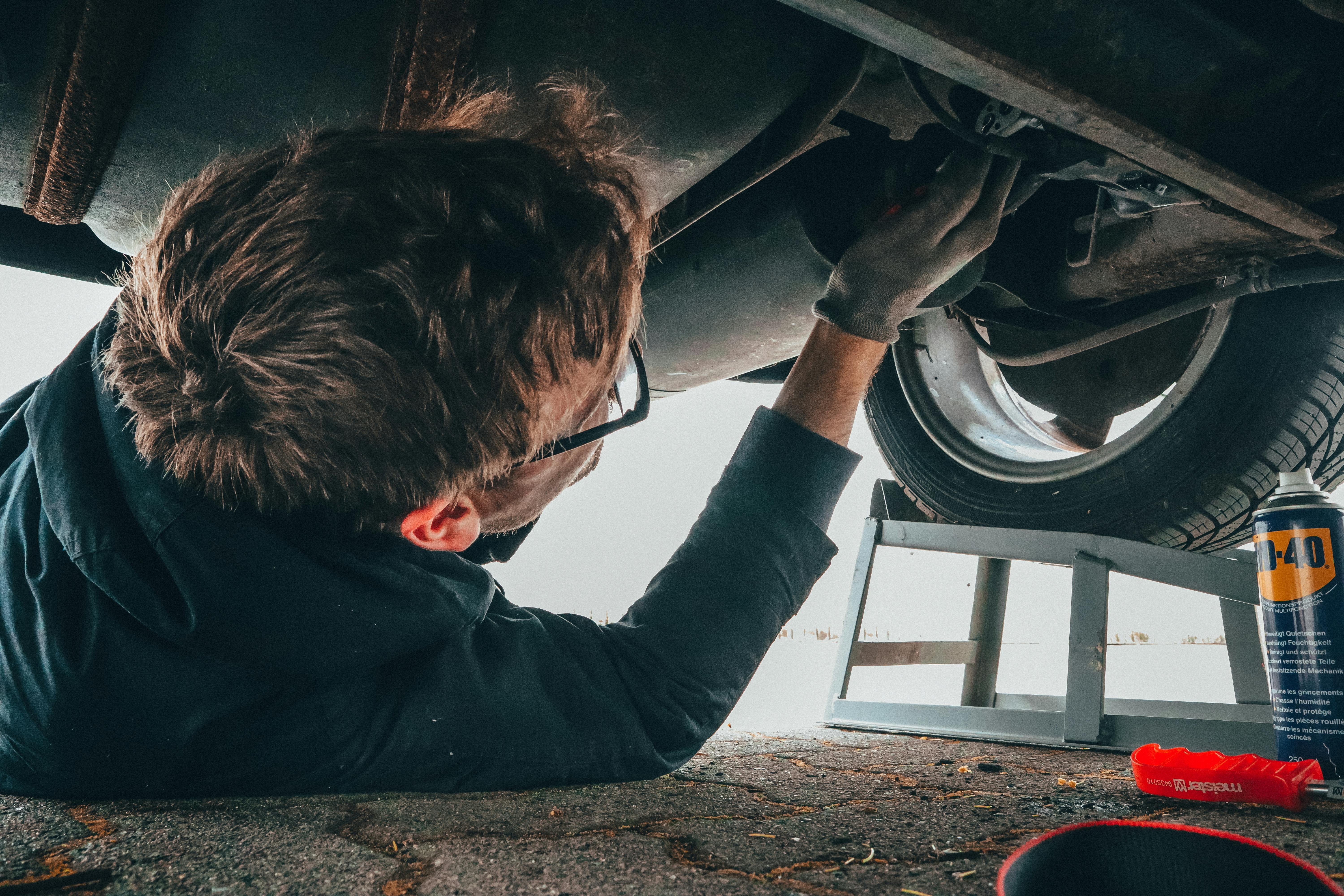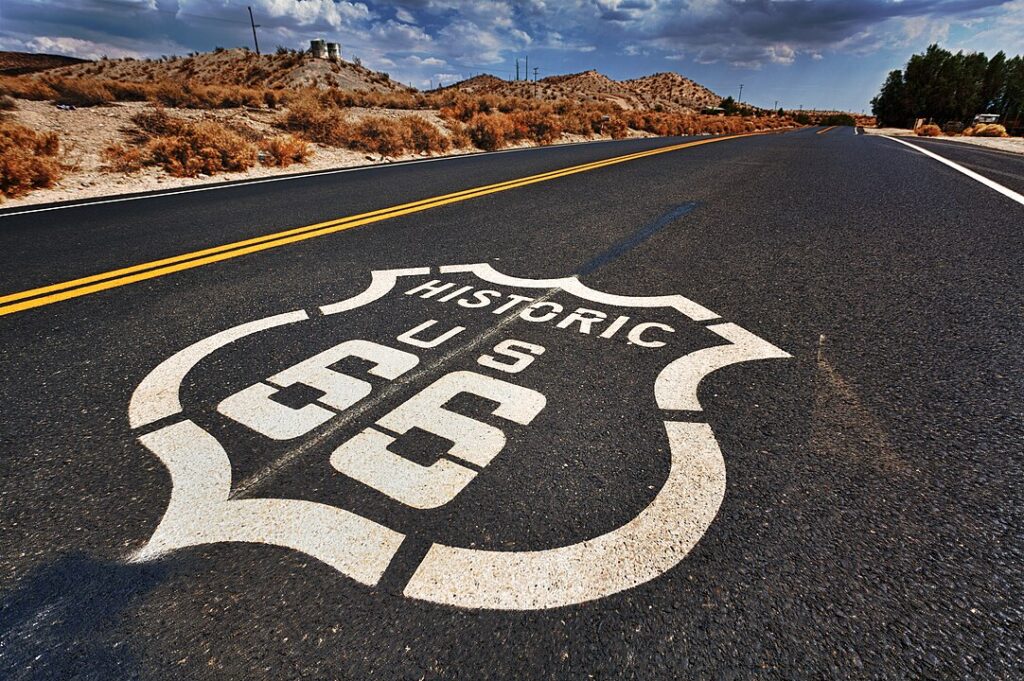Texas is known for its big skies and even bigger prices on certain items. From housing to healthcare, some things just cost more here. Many residents feel the pinch in their wallets. Here are a few examples of what you’ll pay a premium for in the Lone Star State.
Property Taxes

Texas has some of the highest property taxes in the nation. The absence of state income tax means more reliance on property taxes to fund local services. Rates can be as high as 2.5% of the home’s value annually. This makes owning property significantly more expensive compared to other states.
Home Insurance

Due to the state’s vulnerability to natural disasters like hurricanes, floods, and tornadoes, home insurance rates are high. Texans pay an average of $1,945 per year, much higher than the national average. This is necessary to cover potential extensive damage. The risk of these events drives up costs.
Electricity

Texas’ deregulated electricity market can lead to high and fluctuating prices. Extreme weather events, such as winter storms, can spike demand and prices. The average residential electricity bill in Texas is around $135 per month. This variability makes budgeting for utilities challenging.
Healthcare

Healthcare costs in Texas are above the national average due to a variety of factors, including a high rate of uninsured residents. Hospitals and providers charge more to compensate for unpaid services. The average cost of a doctor’s visit in Texas is around $200 without insurance. High demand and low supply also contribute to these inflated costs.
Property Insurance

Similar to home insurance, property insurance is high due to frequent natural disasters. Insurers charge more to cover the increased risk of damage. Texans can pay about $2,000 annually for property insurance. This cost ensures coverage for weather-related incidents that are common in the state.
Groceries

Grocery prices in Texas can be higher than the national average, especially in urban areas. Transportation costs and demand for premium products contribute to this. For example, a gallon of milk can cost about $3.50 in Texas. Local factors like droughts can also impact food prices.
Car Insurance

Texas ranks among the top states for expensive car insurance. Factors include a high number of uninsured drivers and frequent severe weather. The average annual premium is around $1,500. Urban areas like Houston and Dallas see even higher rates due to traffic congestion and accident rates.
Gasoline

While Texas is known for its oil production, gasoline prices can still be higher than in other parts of the country. Regional demand and refinery issues can affect prices. The average price per gallon is often about $0.20 above the national average. This discrepancy can add up quickly for daily commuters.
Education

Private and public education costs in Texas can be higher than in other states. Funding challenges and population growth strain resources. The average annual tuition for private schools is around $10,000. Higher education costs also reflect this trend, impacting families significantly.
Dining Out

Eating out in Texas, especially in larger cities, can be pricier than in other regions. High demand for dining experiences and rising labor costs contribute. A meal at a mid-range restaurant can cost about $15-20 per person. This adds up quickly for families and frequent diners.
Real Estate

Real estate prices, especially in metropolitan areas like Austin and Dallas, have surged. High demand and limited supply drive up prices. The median home price in Austin is over $400,000. This makes homeownership challenging for many residents.
Internet

High-speed internet can be more expensive in Texas due to limited competition in some areas. Urban and rural disparities also affect prices. The average monthly cost is around $70. Quality and speed can vary, impacting value for money.
Water

Water prices in Texas can be higher due to infrastructure costs and drought conditions. Urban areas face higher rates to manage supply and demand. The average monthly water bill is about $40-60. Conservation efforts and infrastructure improvements also drive costs.
Auto Repairs

Car repair costs in Texas are higher due to labor rates and parts availability. The high number of vehicles and road conditions increase demand for services. An average car repair can cost about $400-600. This includes both minor and major repairs, affecting overall affordability.
Legal Services

Legal fees in Texas are higher due to the demand for services and the complexity of state laws. Lawyers charge premium rates, especially in metropolitan areas. An average consultation fee is around $250-300 per hour. This makes legal representation costly for residents.
Pet Care

Veterinary services and pet supplies can be pricier in Texas due to demand and operational costs. Urban areas see higher rates for services and products. Annual pet care costs can range from $500-1,000. This includes routine check-ups, vaccinations, and emergency care.
Childcare

Childcare costs in Texas are high due to a shortage of providers and increasing demand. Quality standards and regulations also contribute to higher prices. The average monthly cost for daycare is around $800-1,200. This places a significant financial burden on families.
Furniture

Furniture prices in Texas can be elevated due to transportation and production costs. High demand for quality and imported furniture also affects prices. An average sofa can cost around $800-1,200. Seasonal sales can offer some relief, but overall costs remain high.
Fitness Memberships

Gym and fitness club memberships in Texas can be more expensive due to facility amenities and location. Urban areas have higher rates to cover operational costs. Monthly memberships average around $40-60. Premium clubs with extensive services can charge even more.
Luxury Goods

Luxury items like designer clothing, jewelry, and electronics often come with higher price tags in Texas. High demand in affluent areas drives prices up. Sales tax also contributes to the overall cost. Shoppers in cities like Houston and Dallas may feel the impact the most.
Living in Texas has its unique expenses that can surprise newcomers. While the state offers many benefits, it’s important to be aware of these higher costs. Budgeting wisely can help manage these expenses effectively. Understanding these differences can make life in the Lone Star State more enjoyable.
This article originally appeared on UnifyCosmos.
More from UnifyCosmos
20 Eco-Friendly Practices to Adopt at Home

Start by switching to energy-efficient appliances and using reusable bags. These small steps can lead to a more sustainable lifestyle. Read more!
20 Librarian-Recommended Books You Must Read

In this article, we’ve compiled a list of top book picks curated by librarians themselves, ensuring that your reading list is nothing short of exceptional. Read more!
20 Top Scenic Drives in the U.S. for Motorcycle Enthusiasts

Whether you’re seeking adventure, tranquility, or a bit of both, these top scenic drives are perfect for anyone looking to hit the road and embrace the beauty of America on two wheels. Read more!
Leave a Reply